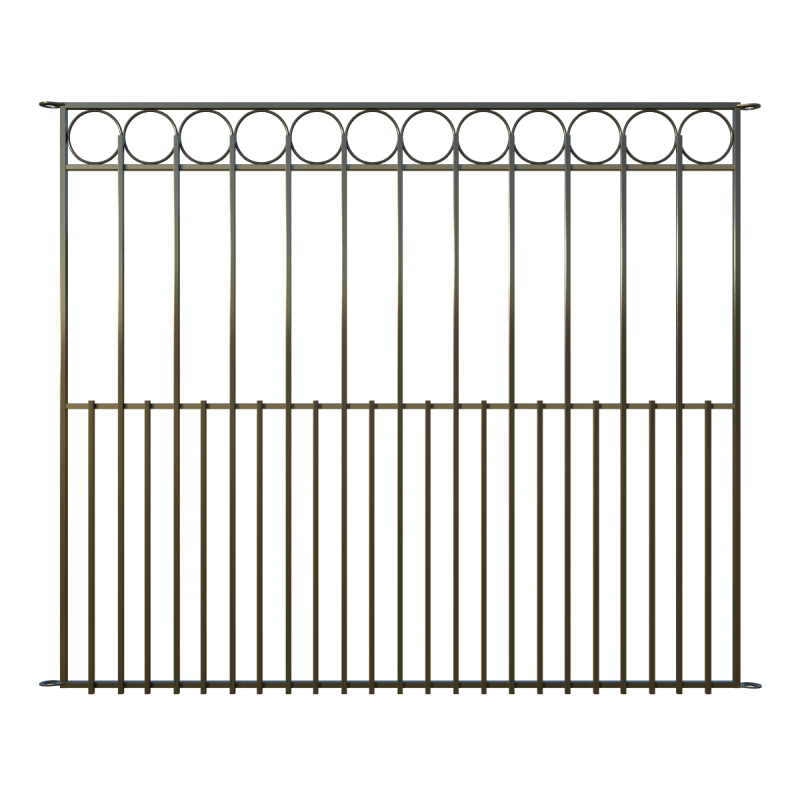screw in ground rod
Déc . 17, 2024 06:04
Screw-in Ground Rods Essential Components for Electrical Grounding Systems
In today's electrical engineering landscape, ensuring safety and reliability is paramount. One crucial aspect of this is the grounding system, which serves as a protective measure against electrical faults. Among the various components involved in grounding systems, screw-in ground rods are gaining popularity for their reliability and efficiency. This article explores the significance, advantages, installation methods, and best practices related to screw-in ground rods.
Understanding Grounding Systems
A grounding system provides a pathway for excess electrical energy to safely dissipate into the earth. This is vital in safeguarding equipment, minimizing electrical surges, and protecting human life from electrical hazards. Traditionally, grounding systems used vertical ground rods driven into the soil, connecting the electrical system to the ground. However, the proliferation of screw-in ground rods presents a more efficient alternative, particularly in challenging soil conditions.
What Are Screw-in Ground Rods?
Screw-in ground rods are cylindrical electrodes that feature helical or screw-like threads along their length. Made typically from copper-bonded steel or solid copper, these rods can be installed by screwing them into the ground, similar to how screws penetrate wood. This design allows for easy installation and minimal soil disturbance, making them an ideal solution for various settings, including residential, commercial, and industrial applications.
Advantages of Screw-in Ground Rods
1. Ease of Installation Unlike traditional ground rods, which require significant manual labor to drive into the ground, screw-in ground rods can be installed quickly and effectively, often using a power drill or auger. This drastically reduces installation time and costs.
2. Effective Grounding The helical design of these rods increases the surface area in contact with the soil, enhancing conductivity and improving the overall grounding effectiveness. This is particularly beneficial in rocky or compacted soil conditions where traditional rods may struggle.
3. Reduced Soil Disruption The installation of screw-in rods results in less soil disturbance, preserving local ecosystems and preventing erosion. This is particularly important in environmentally sensitive areas.
4. Adaptability Screw-in ground rods are versatile and can be used in a variety of environments, including residential properties, commercial buildings, telecommunication towers, and wind turbine installations. They are especially useful in locations where traditional driving methods are impractical.
5. Durability Made from robust materials, screw-in ground rods resist corrosion, ensuring a long lifespan even in harsh environmental conditions. This durability translates to lower maintenance costs over time.
screw in ground rod

Installation Process
Installing a screw-in ground rod is relatively straightforward. Following these general steps ensures effective grounding
1. Site Assessment Prior to installation, conduct a soil assessment to determine the composition, moisture content, and other environmental factors that may affect grounding.
2. Selecting the Rod Choose a screw-in ground rod of appropriate length (typically 8 to 10 feet). Ensure it meets local electrical codes and standards.
3. Drilling Use a power drill with a suitable bit to create an initial hole, if necessary. Align the screw-in rod vertically and begin to rotate it into the ground. Continue turning until the rod is flush with the surface or reaches the required depth.
4. Connection Once installed, connect the ground rod to the electrical grounding system using appropriate connectors and bonding materials.
5. Testing Finally, conduct a continuity test to confirm effective grounding.
Best Practices
To maximize the effectiveness of screw-in ground rods, adhere to best practices such as
- Regularly inspect and maintain grounding systems. - Ensure all connections are secure and corrosion-resistant. - Keep records of installation methods and materials for future reference.
In conclusion, screw-in ground rods represent a modern solution to the age-old problem of electrical grounding. With their ease of installation, effectiveness, and adaptability, they offer an efficient alternative to traditional grounding methods. As the importance of electrical safety continues to grow, integrating innovative solutions like screw-in ground rods into electrical systems will play a crucial role in enhancing safety and reliability in various applications.




















